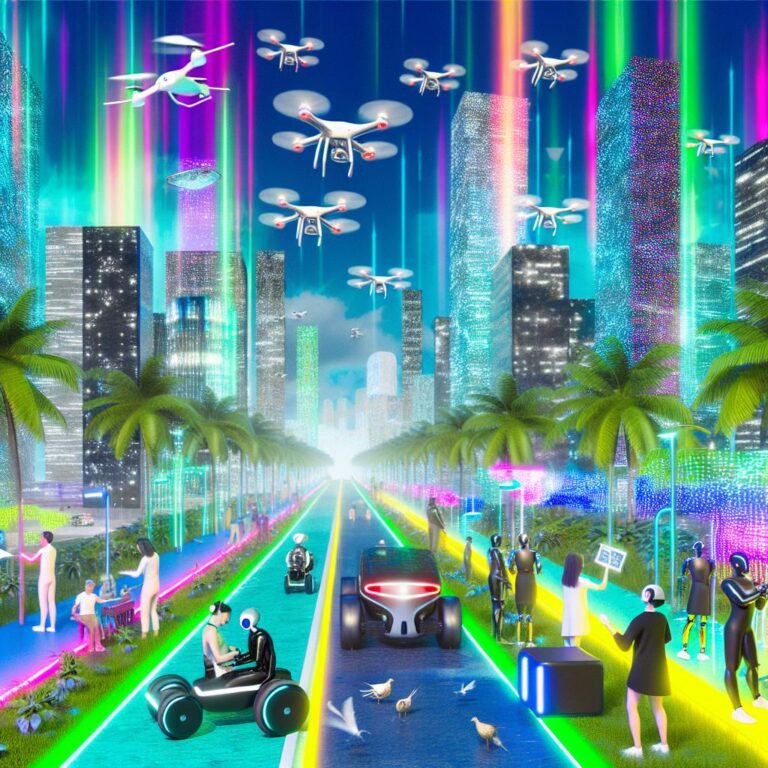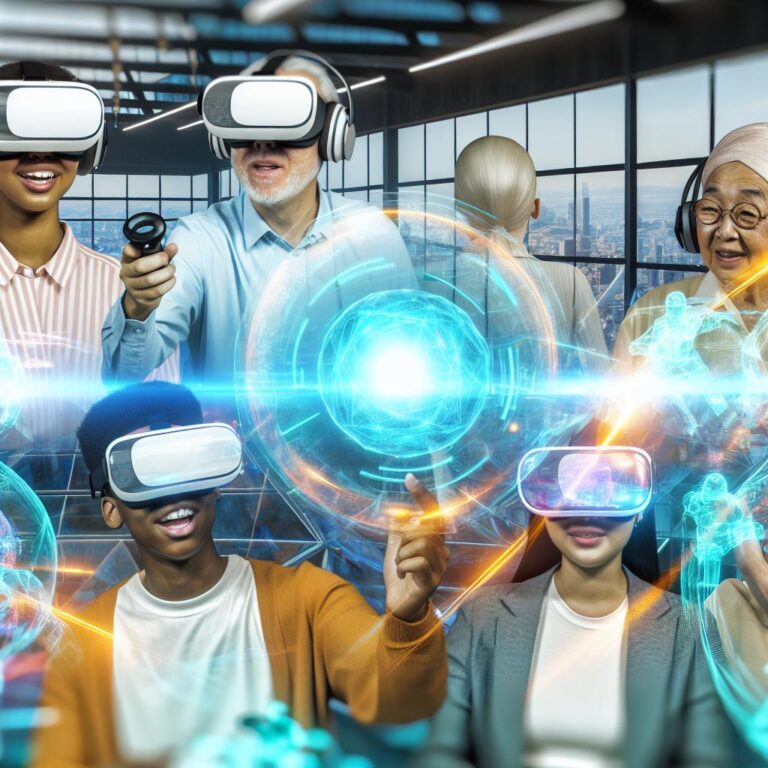Latest Virtual Reality advancements: How Are They Evolving?
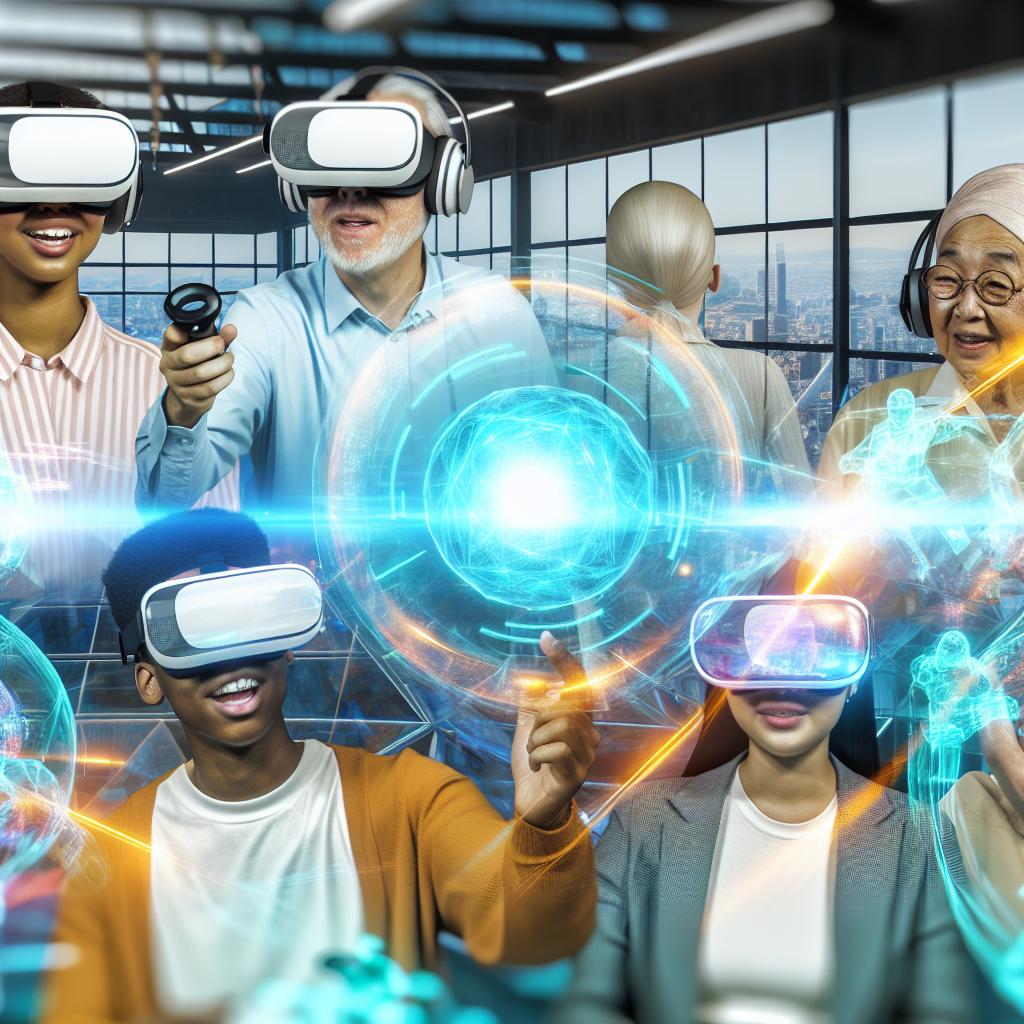
- Over 10 million VR devices sold in 2023.
- VR headsets are becoming lighter, more powerful, and cheaper (e.g., Oculus Quest 2 at $299).
- Emerging headsets include Pimax “Reality 12K” and Panasonic MeganeX.
- VR gains popularity in enterprise, education; used for training, design, simulations.
- Tools like Unity/Unreal Engine enhance VR content creation.
- Apple to launch Vision Pro headset in 2024, focusing on high resolution.
- AI enhances VR by adapting experiences, creating hyper-realistic interactions.
- VR applications flourishing in healthcare, training, retail, education.
- VR headsets reducing user costs drive adoption; future includes improved devices.
- Social VR fosters digital interactions, expanding beyond gaming.
- VR's future ties to metaverse, enterprise applications, evolving business models.
Imagine stepping into a world that feels like the next best thing to reality itself. Recent advancements in virtual reality (VR) are doing just that, reshaping our digital interactions and experiences. In 2023, VR technology is breaking boundaries, offering innovations that keep tech enthusiasts buzzing with excitement. We'll explore how global brands are steering these changes, the impact of AI, and the exciting applications transforming industries. Ready to dive into the future today? Follow along to discover how VR is revolutionizing our world!
How is Virtual Reality Evolving in 2023?
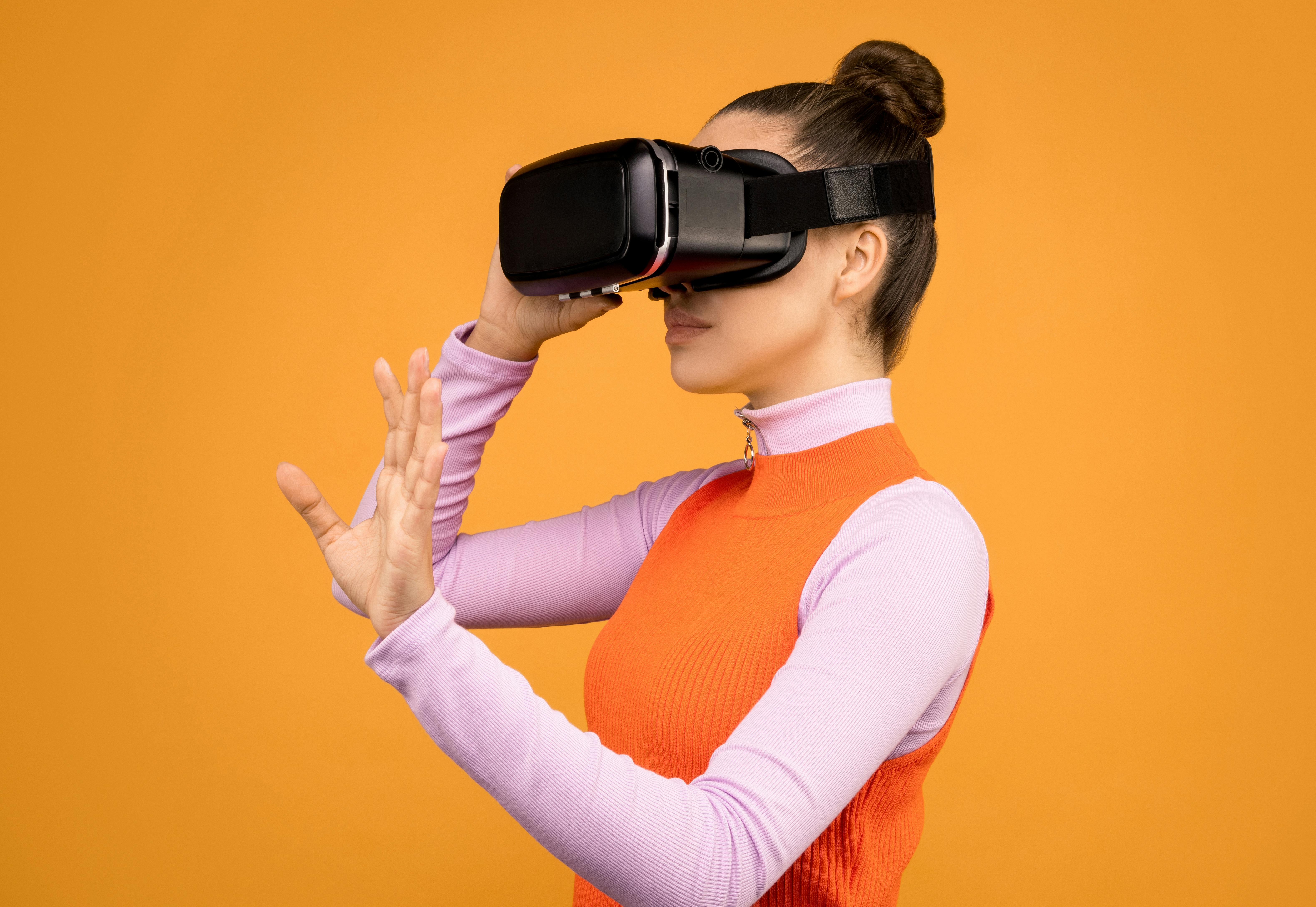
Virtual reality (VR) is experiencing a transformative year in 2023. This exciting technology is growing much faster now. As a VR expert, I see this time as truly thrilling, packed with potential for amazing advancements. In 2023, new ideas and breakthroughs are making virtual reality more accessible and useful. Over 10 million VR devices have been sold this year alone, showing a strong growth path. But what makes this year special for VR?
What are the key technological breakthroughs in VR?
When we ask about new VR breakthroughs, several stand out. First, VR headsets are becoming lighter and more powerful. The Oculus Quest 2 stands out with its balance of price and function. It costs about $299 and offers great quality. For the future, we are looking forward to more advancements like Pimax's “Reality 12K” and Panasonic's MeganeX. These headsets promise to enhance VR with stunning details and rich experiences.
Moreover, enterprise applications are a major trend now. Businesses use VR for many reasons, such as training and design. VR creates safe, immersive worlds for practice and collaboration. In education, VR opens up new learning paths. For example, students can explore ancient worlds or train for medical operations, all in a virtual setting.
Also, development tools like Unity and Unreal Engine are evolving. They support technologies like OpenXR, making it easier to create content across different VR systems. This cross-platform ability helps businesses save time and money, encouraging more VR innovation. And with companies pushing these developments, the process of creating and sharing VR content is simpler than ever.
How are global brands influencing virtual reality innovation?
Big companies are shaping VR's future with meaningful investments. Apple, for one, is expected to shake up the market with its Vision Pro headset in 2024. The Vision Pro will likely change how we see VR. It focuses on high resolution and comfy wear, making virtual interactions seem even more real.
Another exciting advancement is how VR is changing social interactions. Many companies launch platforms for people to meet in a virtual space. Whether attending virtual events or working together remotely, VR enables a more social, connected world. It's not just about games anymore; it's about deeper connections and experiences.
Beyond headsets, VR is growing through innovative hardware solutions. Global giants are investing in AI to enrich VR with smart, responsive environments. AI plays a significant role by making VR worlds adaptive and personal, enhancing user engagement.
What role does AI play in current VR developments?
Artificial Intelligence (AI) transforms VR experiences dramatically. AI helps craft dynamic, personal worlds that adjust to our actions. This technology goes beyond static environments, evolving as we interact with it.
AI-powered VR can adapt stories to your choices. It can guide you through custom paths based on your interests. In business, AI-driven VR tools train employees swiftly by simulating real-world scenarios. Such tools are gaining popularity because they offer practical training in safe environments.
AI also aids in advancing hyper-realistic VR. Here, sensations are close to real life, blurring the line between digital and actual. This realism draws more users to VR, making it an appealing choice for training and entertainment. Interactive environments react in real-time, making each experience unique.
As a result, user adoption is increasing while costs decrease. VR technology has become more affordable, with companies such as Liteboxer offering engaging services like VR boxing simulators. These applications show how wide the opportunities are in this digital world.
In conclusion, 2023 is a landmark year for VR. The ongoing technological and AI developments mean we are just beginning to tap into VR’s vast potential. New devices, innovative software, and global brand investments point to a promising future for virtual reality and its role in our lives.
What are the Notable VR Applications Across Industries?
Virtual reality (VR) is making waves in many fields today. One area that is seeing major changes is healthcare. VR is helping doctors and nurses learn new skills. It lets them practice surgery without risk. They can also explore the human body in great detail. This way, they understand more and make fewer mistakes. Patients with anxiety find peace through VR too. Imagine putting on a headset and suddenly being in a calm forest instead of a plain room. Studies show VR therapy can reduce pain and stress.
VR is not just changing healthcare. It’s also big in training and development across jobs. Companies use VR to train workers in safe settings. For example, firemen can learn to control fires without real flames. Airline staff can practice emergency drills on the ground. This helps workers feel ready for the real deal. Even retail stores find VR useful. Workers can learn to handle customers and tough situations in a virtual shop.
In schools, VR introduces new ways for students to learn. History lessons take students back in time. They can walk the streets of ancient cities. Science classes get more exciting too. Students can explore planets and atoms up close. Learning becomes a fun adventure instead of just books and tests. This immersive tech also helps children with special needs. Tailored VR tools make lessons easier for them to understand.
Looking further, some virtual-reality labs are building detailed worlds for many uses. These labs work on enhancing training methods and even design skills. Engineers, for example, can test products in VR before making them. This cuts down on mistakes and costs. Training case studies show how VR improves skills and keeps workers safer.
VR's role keeps growing because it is practical. It fits into different industries smoothly. The tech is advancing fast, and costs are falling. More firms are buying into VR as the tech becomes cheaper. Devices like Oculus Quest 2 are affordable and good quality. New headsets promise even more. With better gear, VR will reach more people and industries.
To recap, VR is more than just fun games. It's a tool with power to change lives. From healthcare to education, its uses are vast. By placing people in lifelike settings, VR makes learning and skills training much more engaging. As this tech gets better, it will open even more doors. It is indeed an exciting time for VR.
What are the Latest Trends in Virtual Reality Hardware?
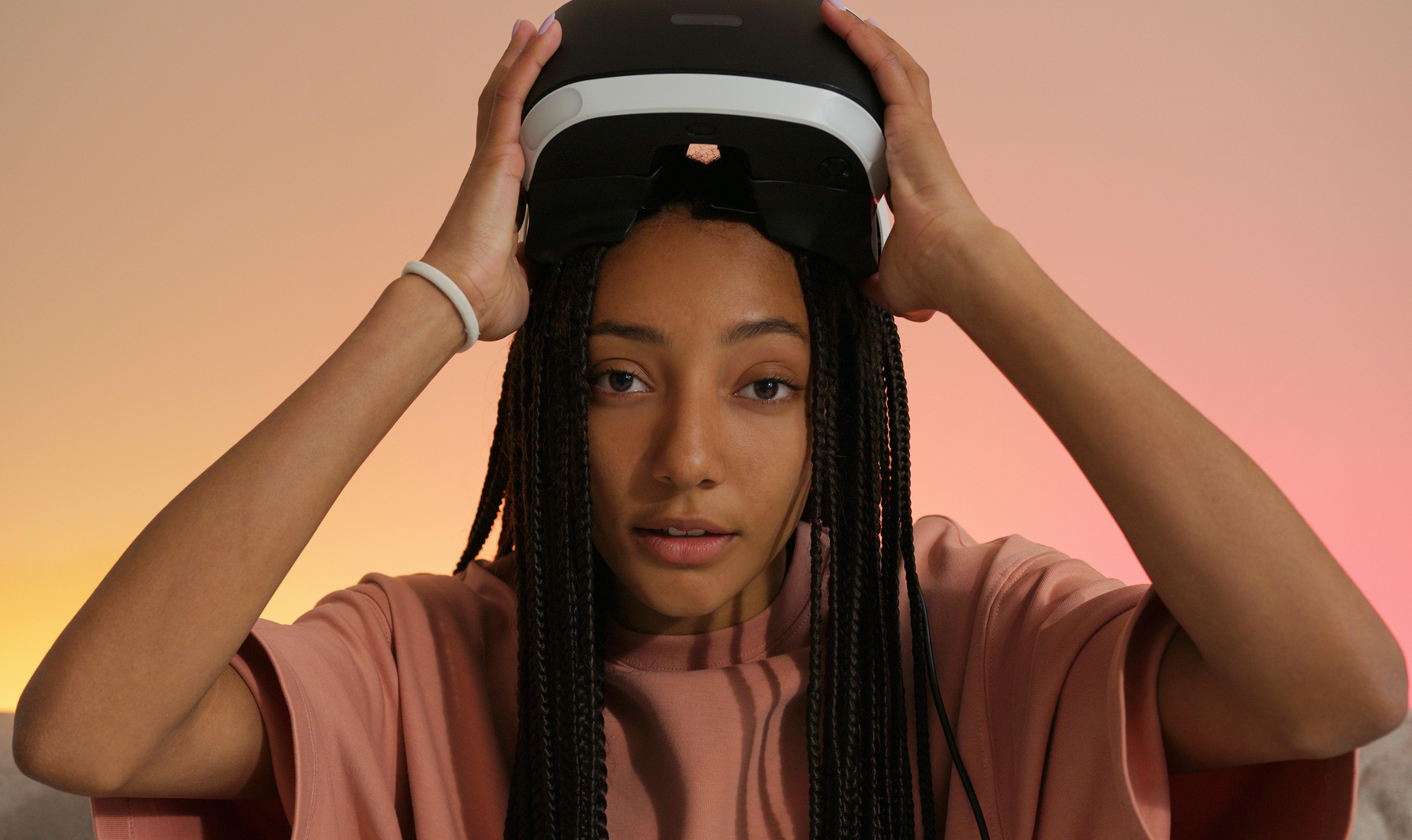
Virtual reality (VR) headsets are getting better each year. Exciting changes are happening right now, scaling new heights in design and function. More brands like Panasonic are creating headsets that are less clunky and way more stylish. Let's dive into what's new with VR hardware and how it's evolving.
What advancements are occurring in VR headset technology?
The current advancements in VR headset technology involve making them more wearable and high-performing. Take, for example, the upcoming Panasonic MeganeX. It shows a big step forward with its sleek design and powerful capabilities. This headset includes high-resolution displays and improved graphics, making virtual worlds look and feel even more real.
What are the latest developments in VR hardware?
The recent VR hardware developments focus on making headsets lighter and more comfortable. Today's VR headsets are now focusing on compactness without losing performance. The Pimax Reality 12K promises an impressive 12K resolution. This brings more details and smoother visuals, blurring the line between virtual and real experiences. These improvements are vital because they solve problems like motion sickness, which can ruin those virtual adventures.
How is the cost of VR technology affecting user adoption?
The cost of VR tech plays a big role in how many people can enjoy it. Cheaper headsets like the Oculus Quest 2, priced at $299, have helped more people try VR. This affordability is key to wider user adoption. More users mean more demand, which may lead to even better and cheaper headsets. It's a win-win situation. Affordable VR makes it possible for more people and businesses to step into virtual realms.
What role does VR play in our world today?
Beyond entertainment, VR is a game-changer in fields like medicine and education. In medicine, VR allows for realistic surgery simulations without the risk. In education, VR brings historic events to life, making learning fun and engaging. Businesses also use VR for training, saving money and enhancing safety. These applications show just how versatile VR has become and why it is such a hot topic right now.
Will virtual reality hardware keep improving?
Absolutely, VR hardware will keep advancing. With brands like Apple and their upcoming Vision Pro headset, we are bound to see headset designs that are more user-friendly and advanced. This headset promises high-resolution displays and AR overlays, offering a mix of both virtual and real-world experiences. Such improvements highlight the ongoing and unstoppable growth in the VR sector.
The promise of more in the VR industry
As advancements continue, VR headsets evolve towards more realistic experiences. Each new model raises expectations and sets new standards. Companies are not stopping with just headsets. They are pushing the boundaries to make your virtual experience feel as real as life itself. Soon, who knows, we might not be able to tell the difference between what is real and what is virtual.
By understanding these advancements, we see how VR hardware keeps pushing the boundaries. It enables us to think of endless possibilities. From sleeker design to groundbreaking performance, the future of VR looks incredibly promising. Every new development not only improves user experience but also makes VR more accessible to everyone. And as the technology becomes better and cheaper, more doors open for innovation and application in our daily lives.
How is Social and Immersive VR Changing User Experiences?
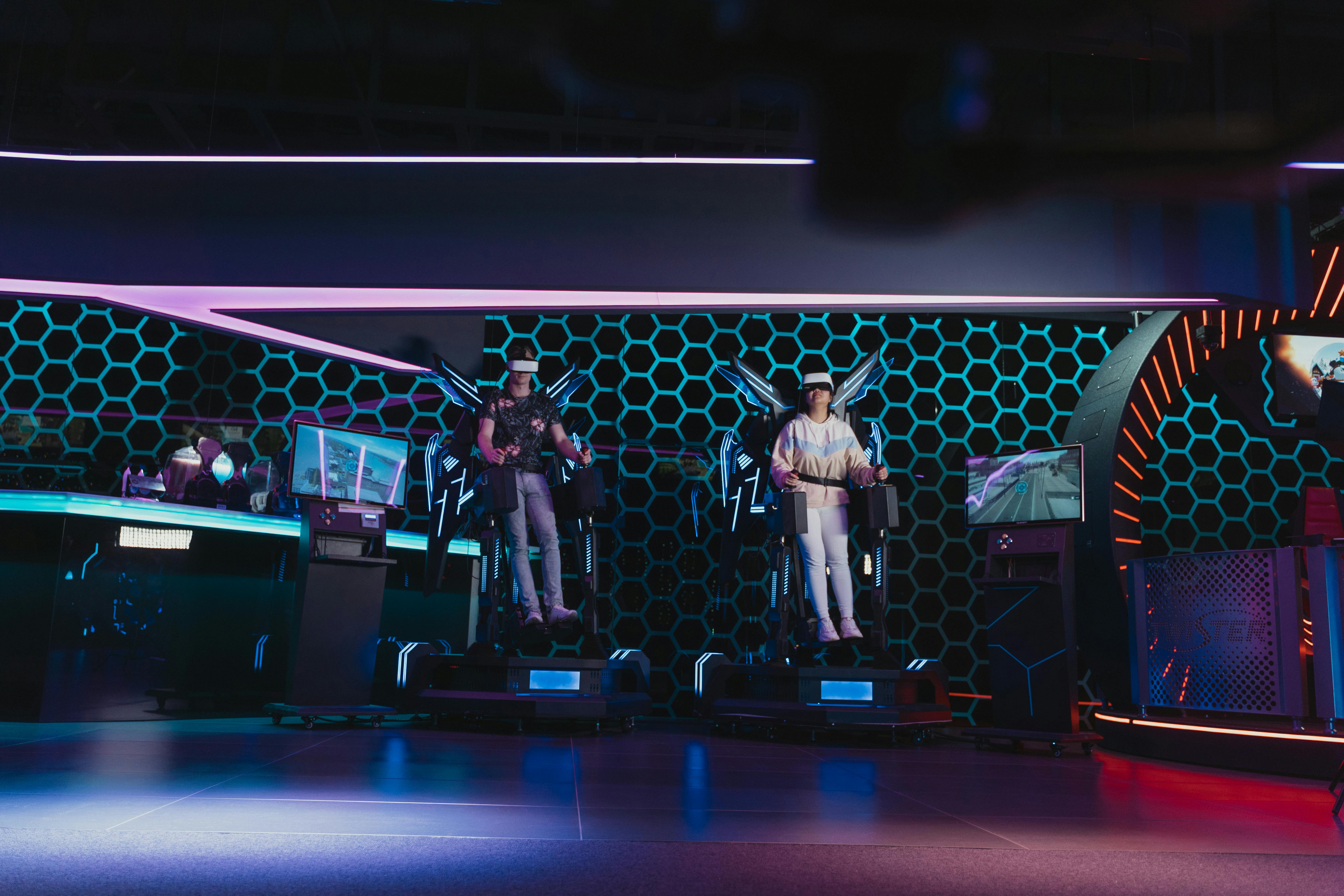
Social and immersive VR technologies are reshaping user experiences today. One major trend in social VR platforms is creating shared spaces for people to meet. Users can engage in activities like concerts, meetings, or even casual hangouts in these virtual worlds. This marks a shift towards more inclusive digital interactions. This leap in VR allows users to feel present with others, even if miles apart. These platforms create a real sense of togetherness, guided by the natural human desire to connect.
How is immersive technology enhancing user engagement? Immersive technology captures our senses and keeps us more engaged. It creates environments that feel real and relatable, offering users a fuller experience. We see this in areas like AI-driven VR environments, where interaction is now more adaptive and personal. AI in VR can tailor content to individual preferences, making each session unique and engaging. Games, events, and meetings come alive, pulling users deeper into the experience.
New innovations in VR content creation are also changing the landscape. Creators can now build amazing, lifelike worlds easily thanks to tools like Unity and Unreal Engine. These platforms have improved features that support cross-platform development, so creators can reach more users without extra cost or time.
The rise of VR in enterprise settings shows the real-world value of these advancements. Businesses use VR for training, design, and remote work. For example, VR can simulate real-world challenges and provide training without risk. This kind of immersive learning leads to more effective and memorable experiences for employees.
Consumer interest in VR continues to rise as costs decrease. Devices like the Oculus Quest 2 offer affordable, high-quality VR hardware. Future devices, like Pimax's "Reality 12K," promise even better performance at a good price. This trend is helping VR reach more homes, bringing an immersive world closer to everyday life.
What are some recent innovations in VR content creation? The creation of VR content now includes hyper-realistic environments and interactive narratives. This evolution makes stories feel personal and direct, enhancing the emotional connection users have with the content. VR creators are using new graphics and sound technology to create vivid worlds. The aim is to make the virtual experience as close to real life as possible.
Are there significant trends in immersive technology trends? Yes, there is a trend toward making VR feel more human by mimicking real-life sensations. For instance, VR gloves can simulate touch and motion, giving users the feel of holding or interacting with things. Devices also have better sensors that follow and adapt to our body movements. This makes interactions in VR smoother and more natural.
As social VR platforms grow, they are changing how we interact online. More people are joining virtual events, from family gatherings to global conferences. Social VR is letting us experience things together that we could only do in person before. This is complementing our real-world connections and building new communities.
Businesses are finding new ways to use VR, too, beyond just fun or entertainment. Innovations are allowing businesses to punch above their weight, trying ideas virtually before they hit the real world. This reduces costs and risks, making VR a vital tool for business innovation.
In education, VR is creating immersive lessons, like diving into the past or practicing surgery. These experiences provide a safe, controlled environment for learning complex skills. Students can engage in ways that traditional methods can't match, leading to better outcomes.
Overall, social and immersive VR is opening up new worlds. It is becoming a tool for connection, creativity, and exploration, helping us interact with the world in enhanced ways. The future holds even more fascinating possibilities in every corner of life.
What Does the Future Hold for Virtual Reality?

Virtual Reality (VR) is in an exciting phase, with the future looking promising. Imagine a world where going to a concert or museum doesn't require travel. This is the world VR is creating, and in 2023, this technological marvel is making significant strides. With over 10.8 million VR devices sold this year, there’s a projection of nearly 24 million units by 2025. This growth indicates VR is more than just a fleeting trend.
What role will VR play in the metaverse?
VR is a building block of the metaverse. The metaverse is a digital universe where VR applications work seamlessly together. This interconnected digital realm enhances how we interact, work, and play. Imagine holding meetings in virtual rooms, or visiting digital art galleries with friends from other continents. As VR technology evolves, these experiences will become richer and more interactive, making the metaverse a central fixture of digital life.
How will future projections and trends impact the VR industry?
The future of virtual reality includes changes that could reshape our daily lives. One trend is enterprise VR applications. Companies use VR for training, remote meetings, and designing products. This goes beyond gaming and into everyday business. VR innovations in enterprise settings suggest VR is ready to influence diverse sectors. Another trend includes more accessible technology and lower costs. An example is the Oculus Quest 2, which offers quality at an affordable price. This change is key for increasing user adoption globally. Upcoming headsets like Pimax's "Reality 12K" and Panasonic's MeganeX promise enhanced performance. By making VR more user-friendly and cheaper, these developments make VR a viable tool in more areas.
What emerging business models are shaping the future of VR?
As VR evolves, new ways to make money are appearing. Companies are creating novel VR services and products. An example is Liteboxer, which offers exercise through VR. This is engaging and shows how VR-based services can be monetized. Many more services like this may emerge as VR grows. VR development is also becoming easier and less costly. This is due to improved software like Unity and Unreal Engine. These tools allow developers to create VR content more efficiently. This accessibility breeds fresh ideas and new business prospects, further driving VR into various sectors.
Besides entertainment, VR's future includes reshaping education. Imagine learning about history through immersive experiences or practicing surgeries safely. This possibility gifts educators with powerful tools to teach engagingly. The advent of hyper-realistic VR makes virtual environments lifelike. These technological leaps make digital experiences more realistic and captivating. VR's social aspect is also expanding. Social VR platforms let users meet, talk, and share experiences. This builds new networks of human connection, presenting a shift toward inclusive digital interactions, where socializing and business meetings blend effortlessly with daily life.
Artificial intelligence (AI) is also making VR smarter. AI in VR adapts experiences to suit different users. This combination creates personalized journeys for each user. Imagine a VR game that changes based on how you play. These tech advancements make VR even more exciting and promise more engaging user experiences.
Businesses see value in VR for many tasks. From designing projects to training staff, VR adds value. Even customer service can benefit from VR's interactive nature. Companies embracing VR find ways to be more innovative and efficient. The imminent arrival of Apple’s Vision Pro headset in 2024 is also casting expectations high. This device promises to change user experiences with stunning displays and comfortable design. Such headsets might set new standards in how we engage with virtual environments.
In essence, the VR of tomorrow is arriving fast. As VR grows, it will make many aspects of life more connected and immersive. These advancements lay the groundwork for future digital possibilities. As technology continues to improve, we may find ourselves living more in a world where the lines between virtual and physical continue to blur.
Conclusion
Virtual reality is changing fast. We saw new tech and global brands pushing VR forward. AI is making VR smarter. In healthcare, VR is saving lives. Training is better with VR, and learning is more fun. VR headsets are getting cooler and easier to use. New social VR platforms make users more connected. The future looks bright for VR in the metaverse. It's exciting to see where this technology will take us next. Keep an eye on VR; it's just the start!



